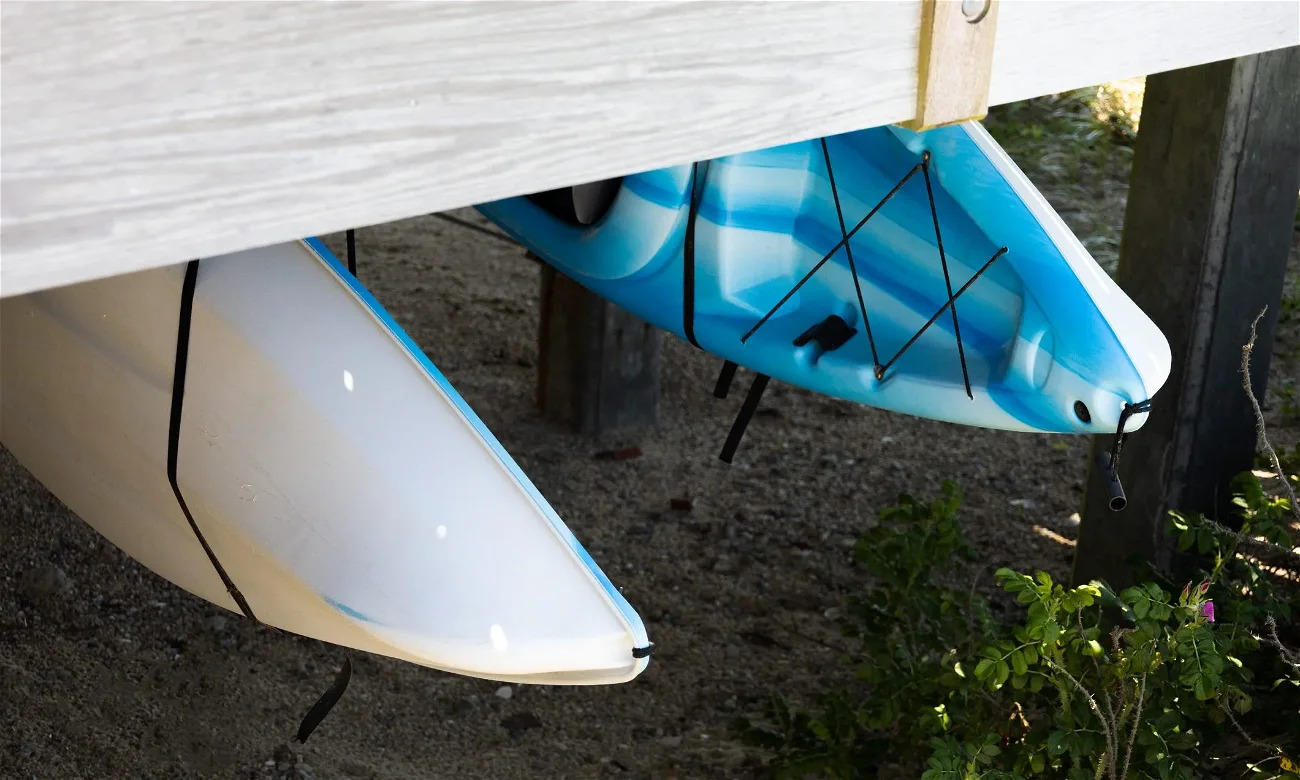

Articles
How To Store Kayaks Outside In Winter
Modified: August 28, 2024
Learn how to store your kayaks outdoors during the winter months. Our articles provide valuable tips and guidelines to protect your kayaks from damage and ensure they're in perfect condition for the next paddling season.
(Many of the links in this article redirect to a specific reviewed product. Your purchase of these products through affiliate links helps to generate commission for Storables.com, at no extra cost. Learn more)
Introduction
Storing kayaks outside during the winter months can be a challenge. The harsh weather conditions can cause damage to the kayaks if they are not properly protected. However, with the right precautions and strategies in place, you can safely store your kayaks outside in winter, ensuring they remain in good condition for the next paddling season.
In this article, we will guide you through the process of storing kayaks outside during winter. From determining the best storage location to preparing the kayaks for winter storage, cleaning and drying them, covering and protecting them from the elements, securing them in place, performing regular maintenance, and considering safety precautions, we will provide you with comprehensive tips to help you successfully store your kayaks outside during the winter months.
Let’s dive in and discover how to store your kayaks outside safely and effectively during winter!
Key Takeaways:
- Properly preparing and protecting your kayaks for winter storage is essential to ensure they remain in good condition for the next paddling season. From choosing the best storage location to performing regular maintenance, prioritizing safety and following manufacturer’s guidelines, these steps will help you safely store your kayaks outside during the winter months.
- By following the comprehensive tips provided in this article, you can confidently store your kayaks outside during winter, knowing that they are well-protected from the harsh elements. Proper cleaning, drying, covering, securing, and regular maintenance checks will ensure your kayaks are ready for future adventures on the water.
Read more: How To Store A Kayak Outside
Determining the Best Storage Location
When it comes to storing kayaks outside in winter, choosing the right storage location is crucial. You want to ensure that the location provides adequate protection from the elements and minimizes the risk of damage to your kayaks. Here are a few factors to consider when determining the best storage location:
- Sheltered Area: Look for a sheltered area that provides some level of protection against wind, snow, and other harsh weather conditions. This could be a covered patio, a shed, or even a carport. The key is to find a location that limits exposure to the elements as much as possible.
- Away from Trees and Debris: Avoid storing your kayaks near trees or other structures that could potentially fall or shed debris during winter storms. Falling branches or debris can cause significant damage to your kayaks, so it’s best to keep them away from such hazards.
- Elevation: If possible, choose a location that is slightly elevated to prevent water pooling or snow accumulation around the kayaks. This will help prevent moisture buildup and minimize the risk of damage to the kayaks over time.
- Accessibility: Consider how easily accessible the storage location is. You’ll want to be able to check on your kayaks periodically during the winter months for any signs of damage or issues that may arise. Choose a location that allows for easy access and monitoring.
Once you have identified the best storage location based on these factors, you can proceed with preparing the kayaks for winter storage.
Now, let’s move on to the next step – preparing the kayaks for winter storage.
Preparing the Kayaks for Winter Storage
Properly preparing your kayaks for winter storage is essential to ensure they remain in good condition throughout the colder months. Follow these steps to prepare your kayaks for winter storage:
- Remove Accessories: Start by removing any accessories from your kayaks, such as seats, storage compartments, and detachable parts. This will prevent them from getting damaged or lost during storage.
- Inspect for Damage: Carefully inspect your kayaks for any signs of damage, such as cracks, dents, or leaks. Address any issues before storing the kayaks to prevent them from worsening during winter storage.
- Thoroughly Clean the Kayaks: Clean your kayaks thoroughly using mild soap and water. Pay attention to areas with dirt, debris, or salt residue, as these can cause damage over time. Use a soft brush or sponge to gently scrub the surfaces, and rinse them thoroughly afterwards.
- Remove Excess Water: Make sure to fully drain any remaining water from the kayaks. This includes checking drain plugs, scupper holes, and any other openings where water might have collected. Leaving water inside the kayaks during winter storage can lead to mold, mildew, and damage.
- Apply UV Protectant: To further protect your kayaks during storage, apply a UV protectant or kayak-specific wax to the hull. This will help prevent UV damage and fading of the kayak’s colors.
- Secure Loose Fittings: Check all fittings, such as handles, straps, and bungee cords, to ensure they are secure. Tighten or replace any loose or damaged fittings to prevent further issues.
- Consider Cockpit Covers: If you have a sit-inside kayak, consider using a cockpit cover to prevent critters, leaves, or snow from entering the cockpit area.
By following these steps, you can ensure that your kayaks are properly prepared for winter storage. Now that your kayaks are clean and ready, let’s move on to the next step – covering and protecting them from the elements.
Cleaning and Drying the Kayaks
Before storing your kayaks outside in winter, it’s crucial to thoroughly clean and dry them to prevent the buildup of dirt, mold, or mildew. Follow these steps to ensure your kayaks are clean and ready for storage:
- Remove Dirt and Debris: Use a soft brush or sponge and mild soap to clean the exterior and interior of the kayaks. Pay special attention to areas where dirt, mud, or salt residue may have accumulated. Rinse the kayaks thoroughly with fresh water to remove any soap residue.
- Check for Mold or Mildew: Inspect the kayaks for any signs of mold or mildew. If you notice any, clean the affected areas with a mixture of water and vinegar or a kayak-specific cleaner. Scrub gently to remove the mold or mildew, and rinse thoroughly.
- Dry the Kayaks: After cleaning, allow the kayaks to dry completely before storing them. This is important to prevent moisture buildup and the growth of mold or mildew during winter storage.
- Choose a Dry Area: Select a dry and well-ventilated area for the final drying process. Avoid storing wet kayaks directly on the ground or on surfaces that may retain moisture. Using a kayak rack or elevated platform can help facilitate air circulation and speed up the drying process.
- Avoid Direct Sunlight: While drying the kayaks, make sure to keep them away from direct sunlight. Prolonged exposure to the sun’s rays can cause fading and damage to the kayak’s materials. Find a shaded spot or cover the kayaks with a tarp if necessary.
- Check for Remaining Moisture: Before proceeding with storage, double-check that the kayaks are completely dry. Feel the surfaces for any lingering moisture, and ensure that all compartments and storage areas are free of water. Moisture left inside the kayaks can lead to mold, mildew, and damage during winter storage.
By taking the time to properly clean and dry your kayaks, you’ll ensure that they are in optimal condition for winter storage. Now it’s time to move on to the next step – covering and protecting the kayaks from the elements.
Covering and Protecting the Kayaks from the Elements
Once your kayaks are clean and dry, it’s important to cover and protect them from the elements during winter storage. Here are some steps to ensure your kayaks are well-protected:
- Use a Kayak Cover: Invest in a high-quality kayak cover that is designed to fit your specific kayak model. A well-fitting cover will provide protection against moisture, dust, and UV rays. Make sure the cover is secure and snugly fits over the entire kayak, including any accessories still attached.
- Consider a Tarp: If you don’t have access to a kayak cover, you can use a heavy-duty tarp as an alternative. Ensure that the tarp completely covers the kayaks, extending all the way to the ground. Use bungee cords or straps to secure the tarp tightly around the kayaks.
- Elevate the Kayaks: If possible, elevate the kayaks off the ground to prevent them from sitting in standing water or snow during winter storage. You can use a kayak rack, pallets, or blocks to lift the kayaks off the surface.
- Protect from Freezing: In areas with freezing temperatures, take precautions to prevent water from freezing inside the kayaks. This can lead to cracks and damage. If storing your kayaks outside in freezing conditions, consider turning them upside down or angling them to allow any water to drain out.
- Check for Proper Ventilation: While it’s important to cover the kayaks for protection, ensure that there is still some airflow to prevent condensation and the buildup of moisture. Leave a small gap in the covering or use vents to promote ventilation.
- Inspect the Cover Regularly: Periodically check the kayak cover or tarp for any signs of wear, tears, or damage. Replace or repair as needed to maintain proper protection throughout the winter storage period.
By following these steps and properly covering your kayaks, you’ll ensure they remain protected from the elements throughout the winter months. The next step is to secure the kayaks in place to prevent any accidental damage or movement.
Consider using a kayak cover or tarp to protect your kayak from snow and ice. Store it upside down to prevent water from collecting and freezing inside. Keep it off the ground to avoid damage from moisture and pests.
Securing the Kayaks in Place
Securing your kayaks in place is crucial to prevent any accidental damage or movement during winter storage. Here are some tips to ensure your kayaks remain secure:
- Use Straps or Ties: Secure the kayaks to a sturdy structure or rack using straps or ties. This will help prevent them from shifting or falling over during strong winds or storms.
- Anchor the Kayaks: If you’re storing the kayaks outside in an open area, consider using ground anchors or stakes to further secure them in place. This will provide additional stability and prevent the kayaks from being blown away during severe weather conditions.
- Secure the Accessories: If you have separate accessories, such as paddles or seats, make sure to secure them as well. Store them inside the kayaks or in a secure storage container to prevent them from getting damaged or lost.
- Check Periodically: Throughout the winter storage period, regularly check the security of the kayaks and their attachments. Tighten straps or ties as needed to maintain a secure hold.
- Consider Locking Mechanisms: If you have concerns about theft or unwanted access to your kayaks, consider using locking mechanisms. Install lockable cables or chains around the kayaks or use lockable kayak racks to provide an extra level of security.
- Be Mindful of Weight Distribution: If storing multiple kayaks, ensure that the weight is evenly distributed to prevent strain or damage on one particular kayak. Proper weight distribution will maintain the integrity of the kayaks during winter storage.
By securely anchoring and fastening your kayaks, you can have peace of mind knowing that they will remain in place and protected throughout the winter months. The next step is to perform regular maintenance checks during the storage period.
Regular Maintenance during Winter Storage
While your kayaks are in winter storage, it’s important to perform regular maintenance checks to ensure they remain in good condition. Here are some maintenance tasks to consider during the storage period:
- Check for Moisture: Periodically inspect the kayaks for any signs of moisture buildup. Moisture can lead to mold, mildew, and damage. If you notice any moisture, wipe it dry and ensure the kayaks are well-ventilated.
- Inspect for Critters: Keep an eye out for any signs of critters, such as mice or insects, that may have made their way into your kayak storage area. Take necessary measures to deter or remove them to prevent damage to your kayaks.
- Inspect the Cover: Regularly check the kayak cover or tarp for any signs of wear, tears, or damage. Repair or replace the cover as needed to maintain its effectiveness in protecting the kayaks from the elements.
- Monitor for Damage: Take the opportunity to inspect the kayaks for any new or existing damage. Look for cracks, dents, or other signs of wear. Address any issues promptly to prevent further damage or issues when you’re ready to use the kayaks again.
- Perform Spot Cleaning: If you notice any areas that require cleaning or spot treatment, take the time to address them. Use a mild soap and water solution or a kayak-specific cleaner to gently clean the affected areas. Rinse thoroughly and dry completely.
- Rotate the Kayaks: If storing multiple kayaks, consider periodically rotating their positions. This will help distribute pressure evenly and prevent one kayak from bearing the weight for an extended period.
- Stay Informed: Keep up to date with weather reports and any significant changes in temperature or weather conditions. This will help you anticipate and respond to any potential risks or issues that may arise during the winter storage period.
By staying vigilant and conducting regular maintenance checks, you can ensure that your kayaks are well-maintained and ready for use when the paddling season returns. Now, let’s move on to some important safety considerations to keep in mind during winter kayak storage.
Safety Considerations
While storing kayaks outside during winter, it’s important to prioritize safety to prevent accidents or damage. Here are some safety considerations to keep in mind:
- Secure the Storage Area: Ensure that the area where your kayaks are stored is secure, especially if you live in an area prone to theft or vandalism. Consider adding additional security measures, such as cameras or alarms, to protect your kayaks.
- Properly Store Hazardous Materials: If you store any hazardous materials, such as fuel or cleaning products, near your kayaks, ensure they are stored in designated containers and kept away from heat sources or open flames to prevent accidents or damage.
- Maintain Clear Walkways: Keep the storage area clear of any obstacles or clutter that may pose a tripping hazard. This will not only ensure your safety but also make it easier to access and check on your kayaks during the storage period.
- Follow Manufacturer’s Guidelines: Always refer to the manufacturer’s guidelines and recommendations for storing your specific kayak model. They may have specific instructions or considerations that are important for maintaining the kayak’s warranty and optimal condition.
- Be Cautious When Uncovering: When it’s time to remove the cover from your kayaks, be cautious of any accumulated snow, ice, or debris that may have collected on top. Clear them away carefully to prevent injury or damage to the kayaks.
- Avoid Excessive Weight or Pressure: Do not place heavy objects on top of the kayaks during storage, as this can cause dents or other damage to the hull. Be mindful of the weight and pressure exerted on the kayaks to maintain their integrity.
- Handle with Care: Whenever you need to access or handle the kayaks during winter storage, do so with care and caution. Avoid excessive force, sudden movements, or dropping the kayaks, as this can lead to damage or personal injury.
By keeping these safety considerations in mind, you can ensure a safe and secure winter storage for your kayaks. Now, let’s wrap up the article.
Conclusion
Storing kayaks outside in winter requires proper planning and care to ensure they remain in good condition for the next paddling season. By following the steps outlined in this article, you can safely store your kayaks and protect them from the harsh winter elements.
Start by determining the best storage location, considering factors such as shelter, elevation, and accessibility. Prepare the kayaks by removing accessories, inspecting for damage, thoroughly cleaning and drying them, and applying UV protectant. Cover the kayaks using a kayak-specific cover or a heavy-duty tarp, ensuring they are securely anchored or elevated to prevent damage from snow or standing water.
During the winter storage period, perform regular maintenance checks, checking for moisture, critters, damage, and maintaining proper ventilation. Adhere to important safety considerations, such as keeping the storage area secure, clear of obstacles, and following manufacturer’s guidelines.
By taking these steps and prioritizing safety, you can have peace of mind knowing that your kayaks are well-protected and ready for future adventures on the water.
Remember, each kayak and storage situation is unique, so always refer to the manufacturer’s recommendations for your specific kayak model. With proper care and attention, your kayaks will be ready to hit the water again when the warmer seasons return.
Frequently Asked Questions about How To Store Kayaks Outside In Winter
Was this page helpful?
At Storables.com, we guarantee accurate and reliable information. Our content, validated by Expert Board Contributors, is crafted following stringent Editorial Policies. We're committed to providing you with well-researched, expert-backed insights for all your informational needs.
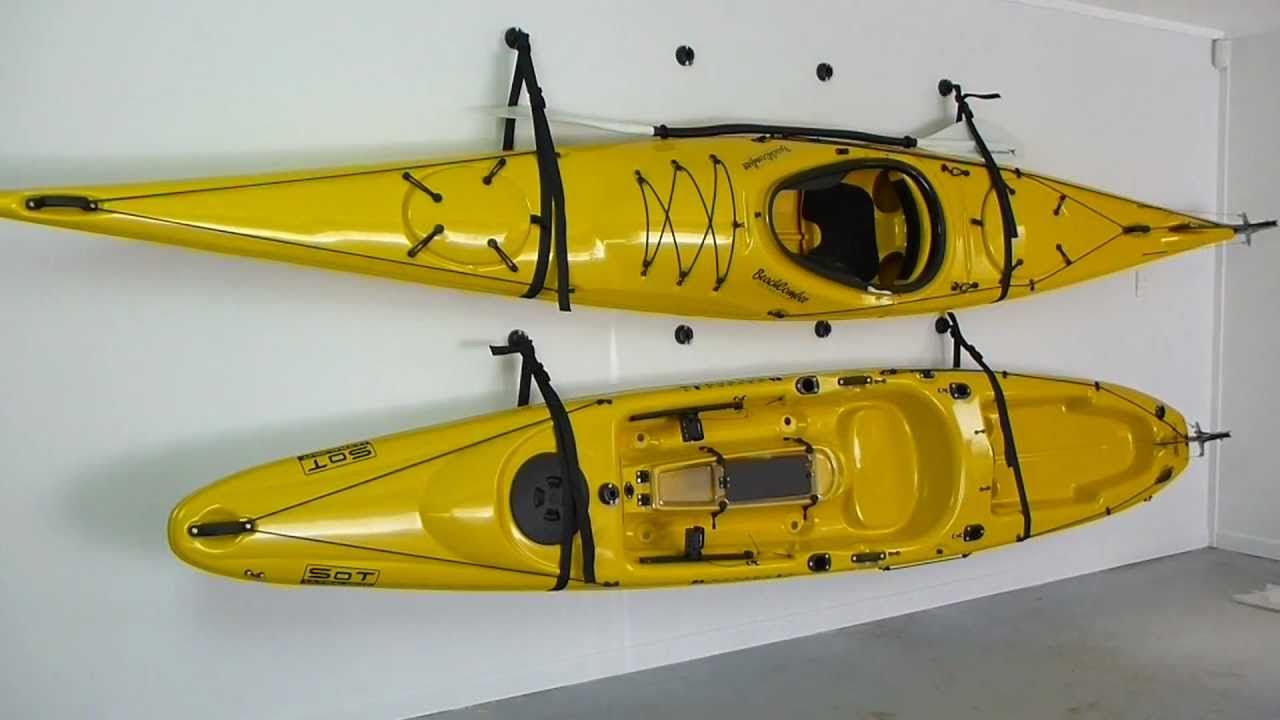
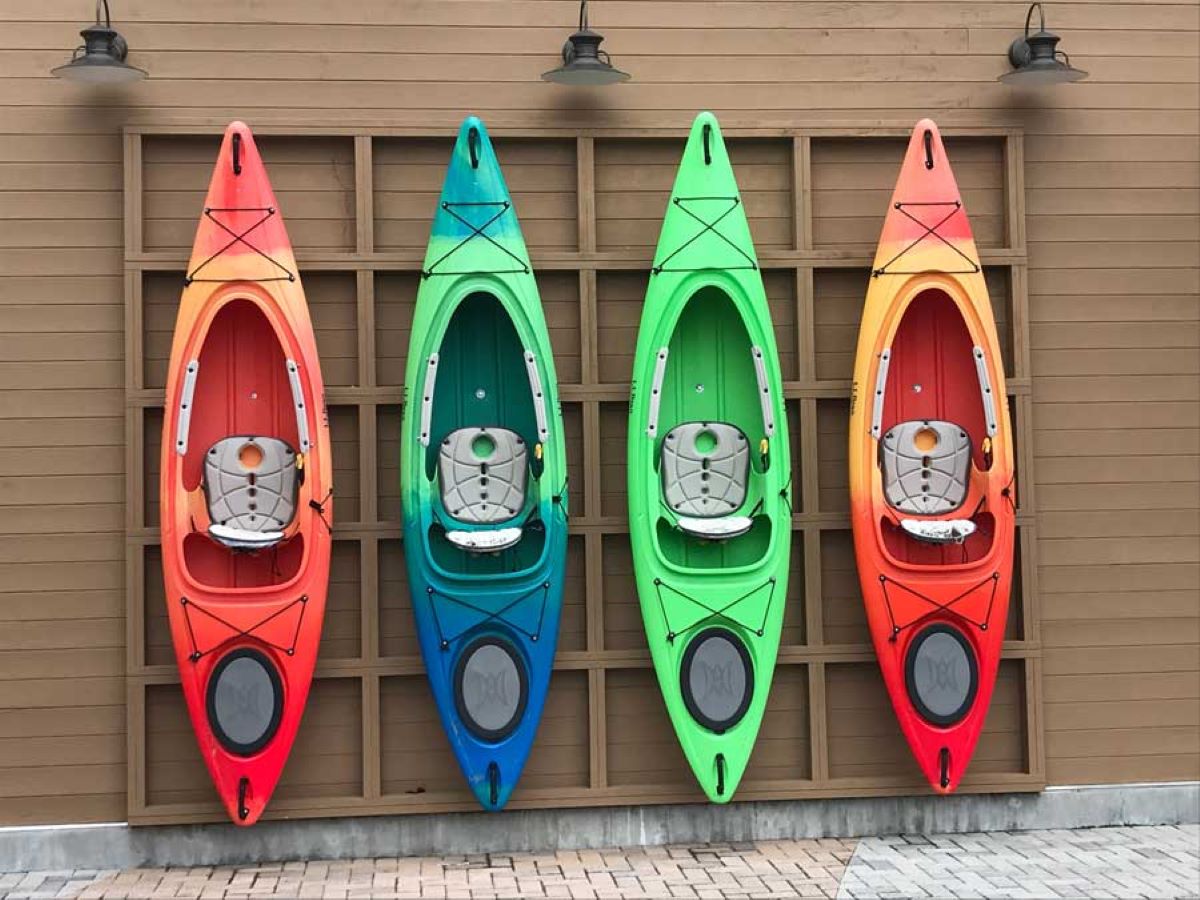
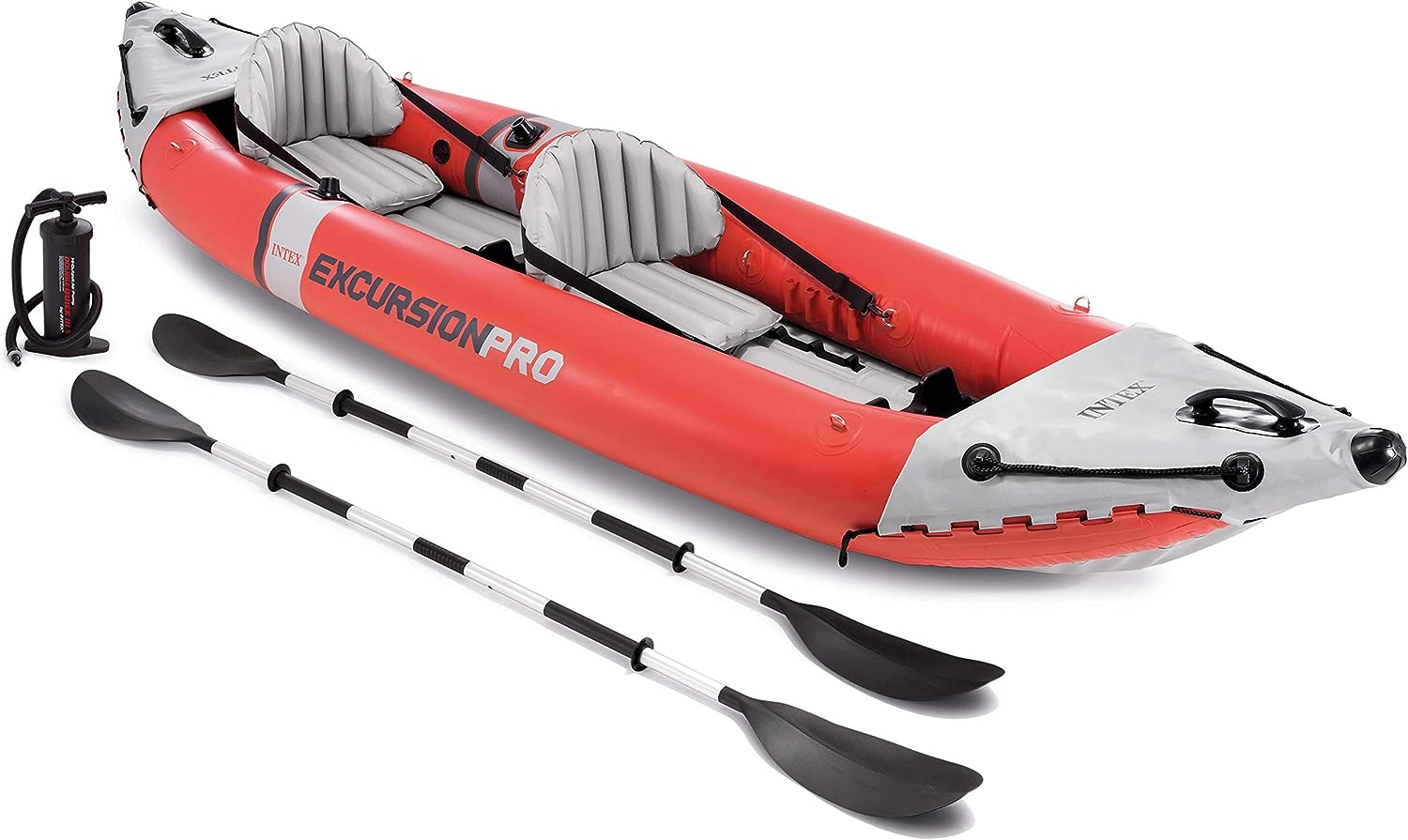
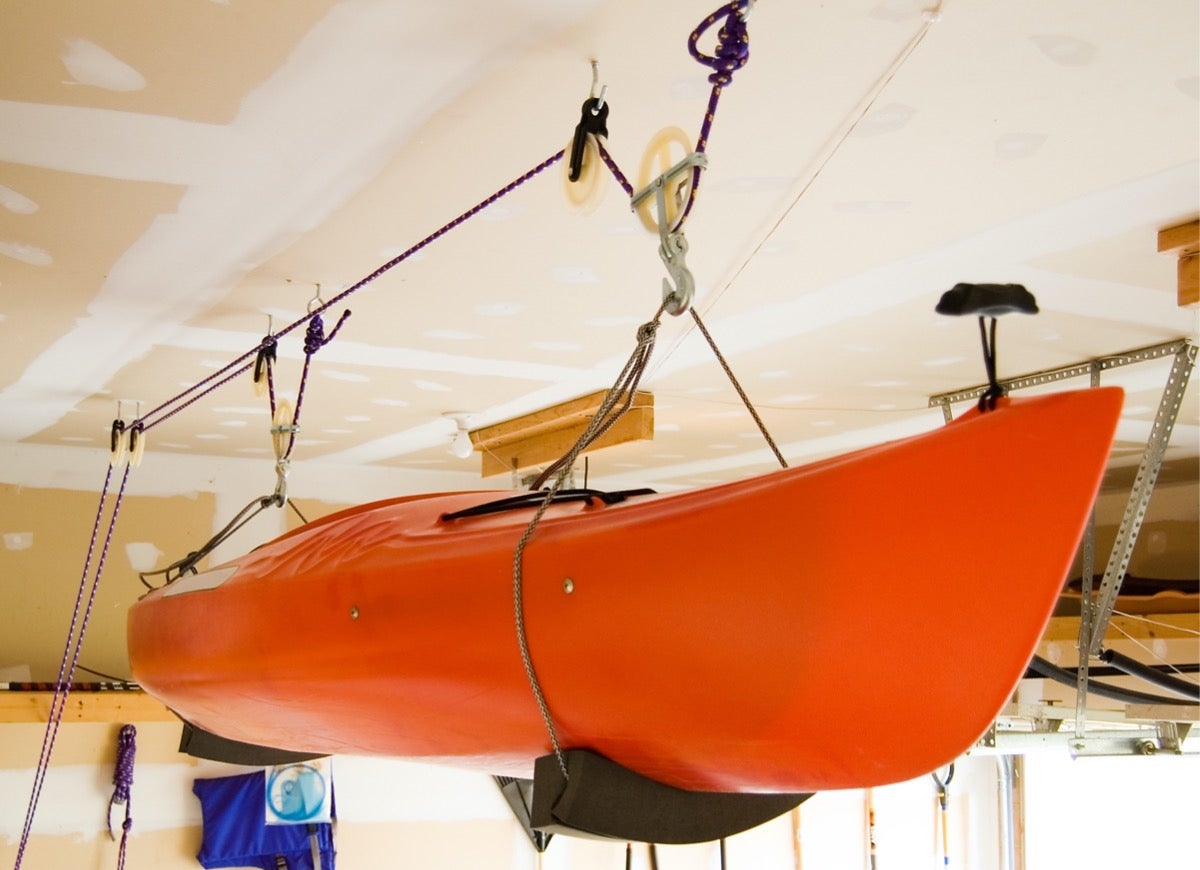
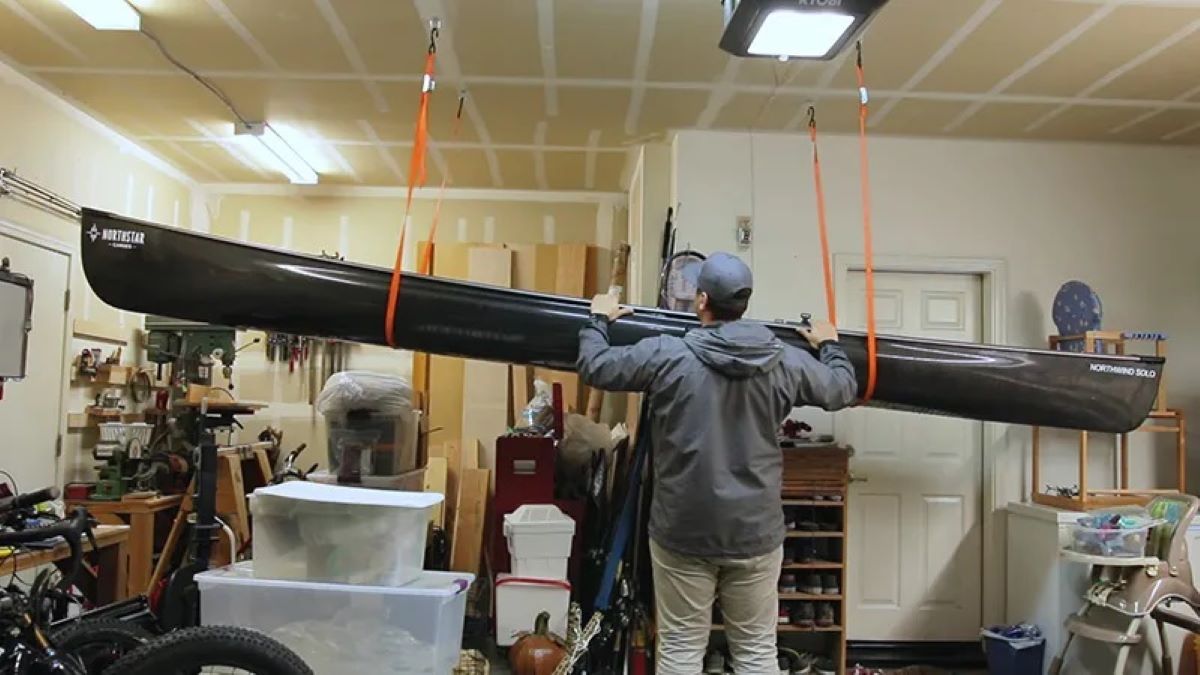
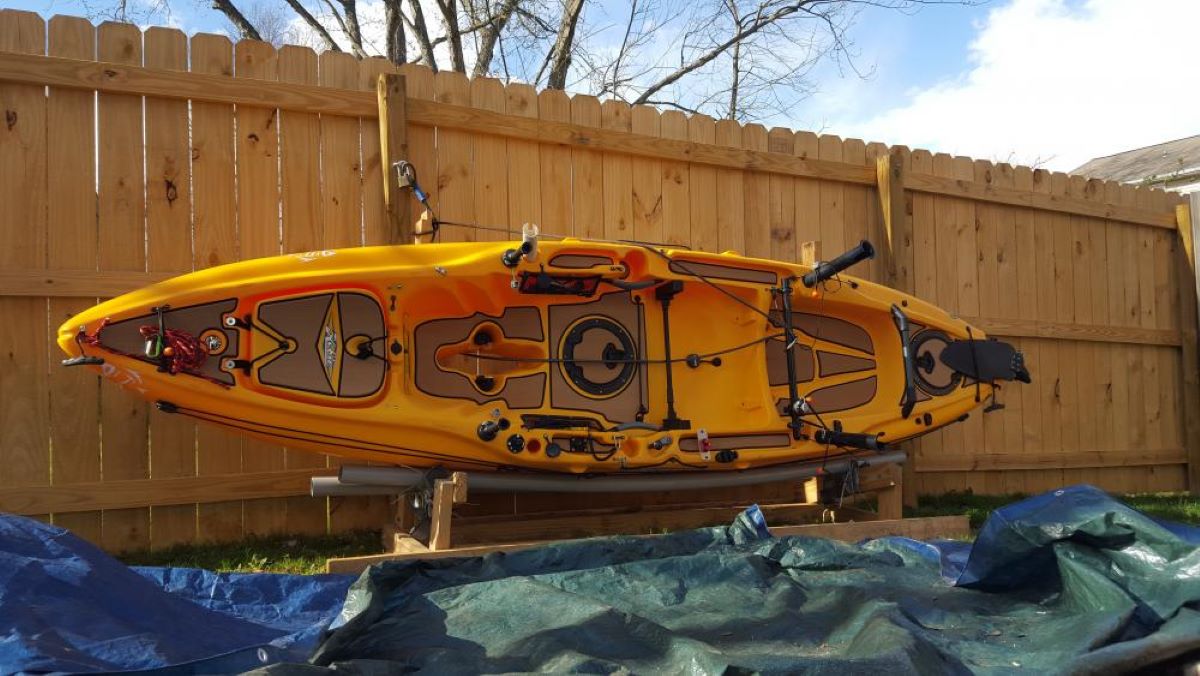
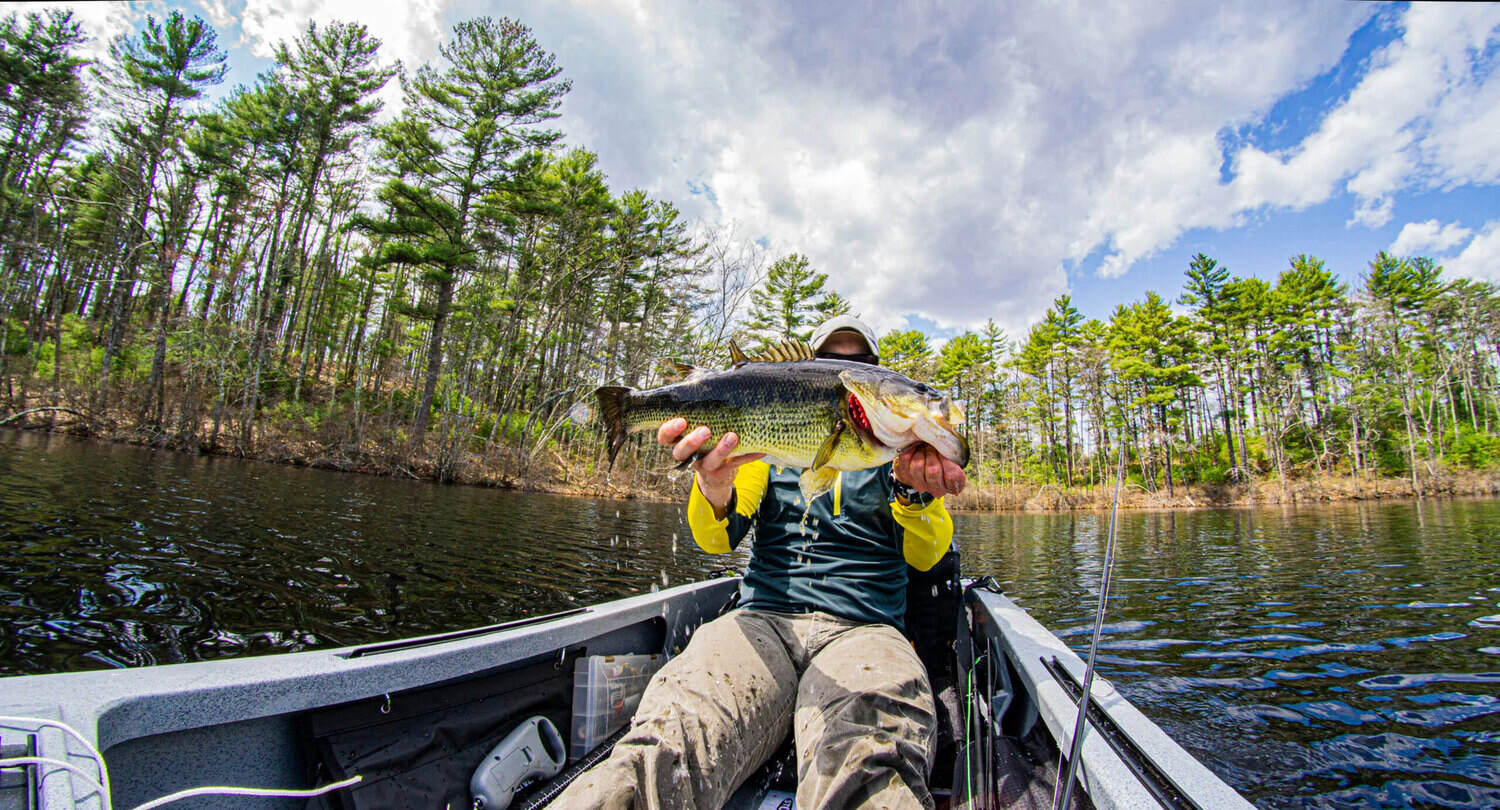
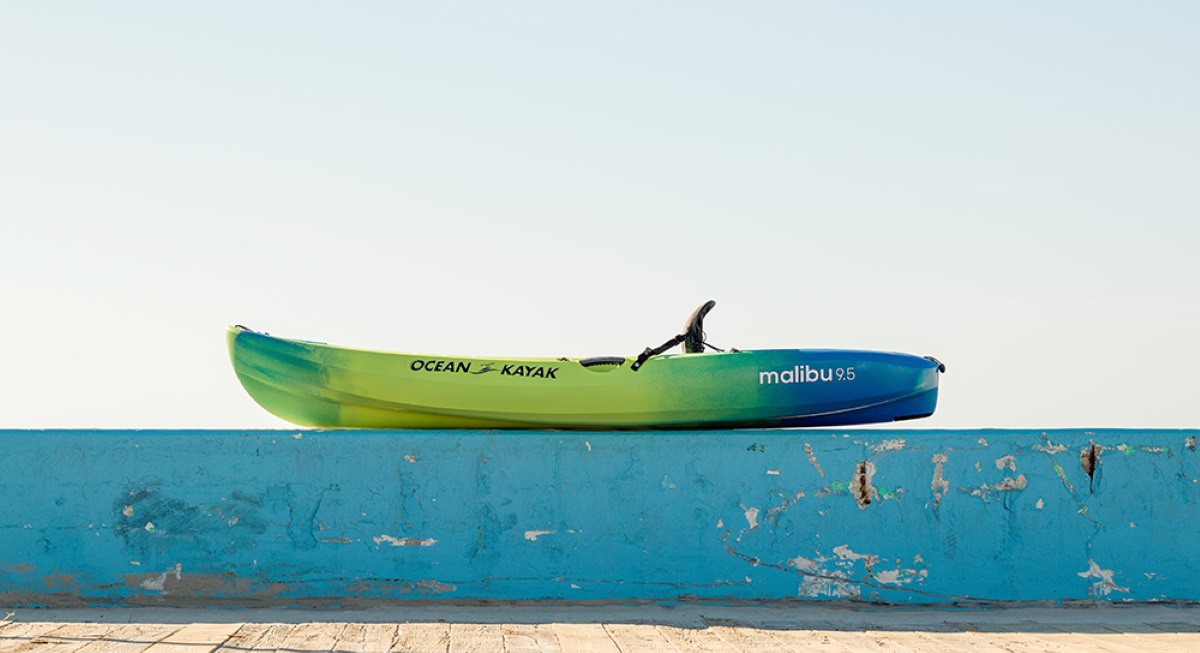
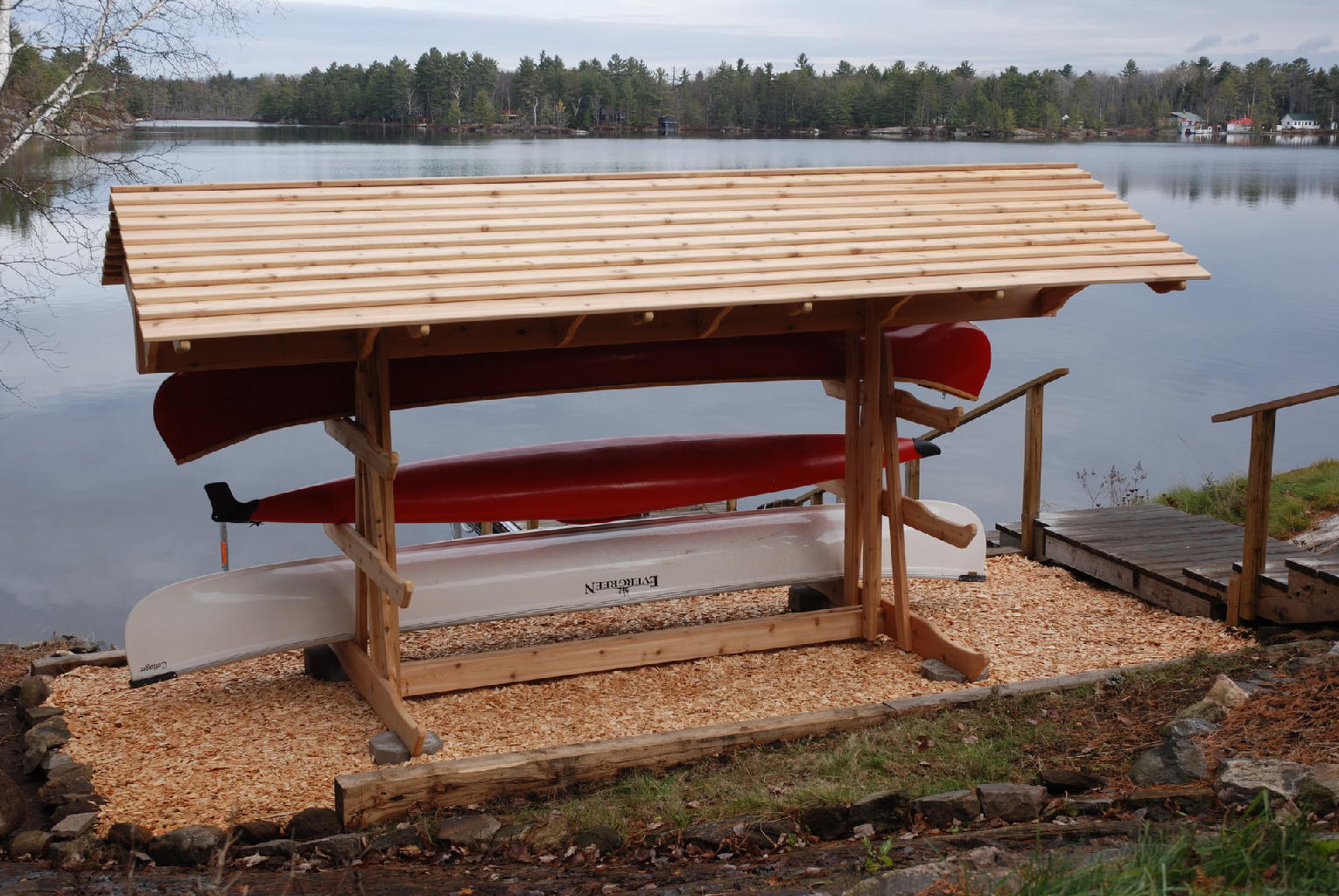
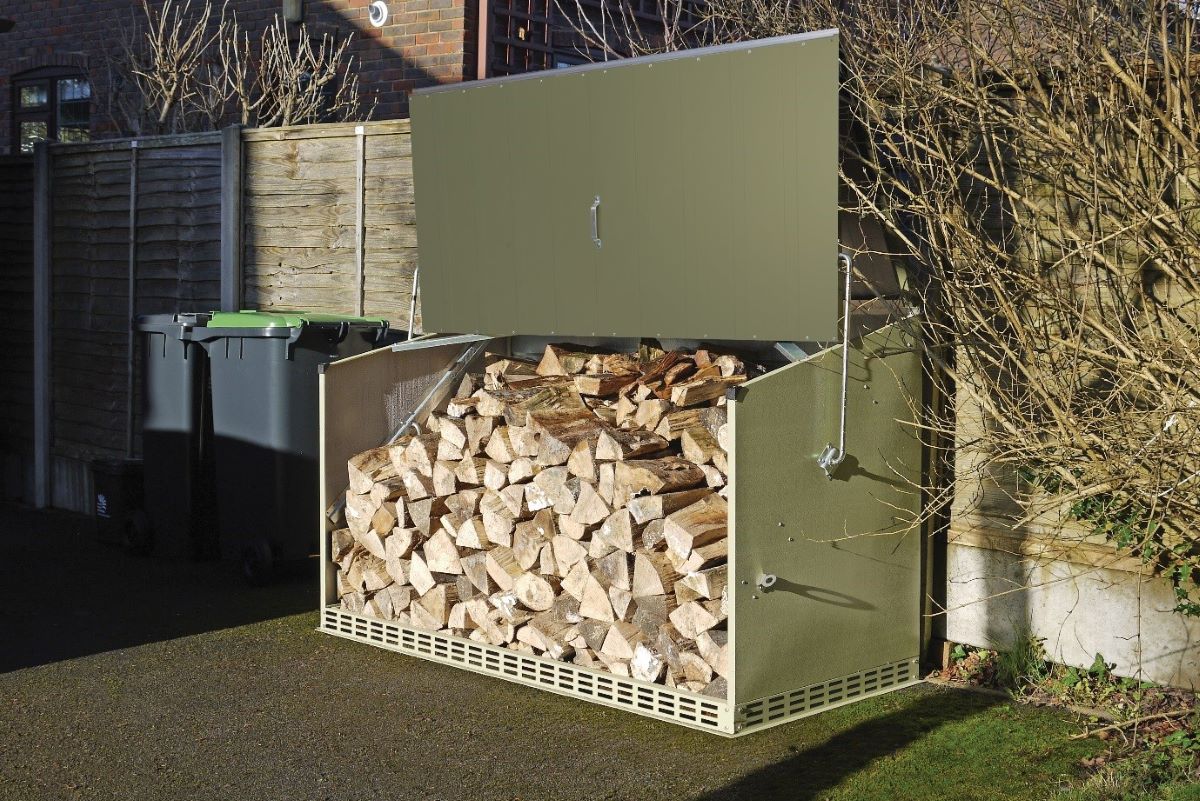
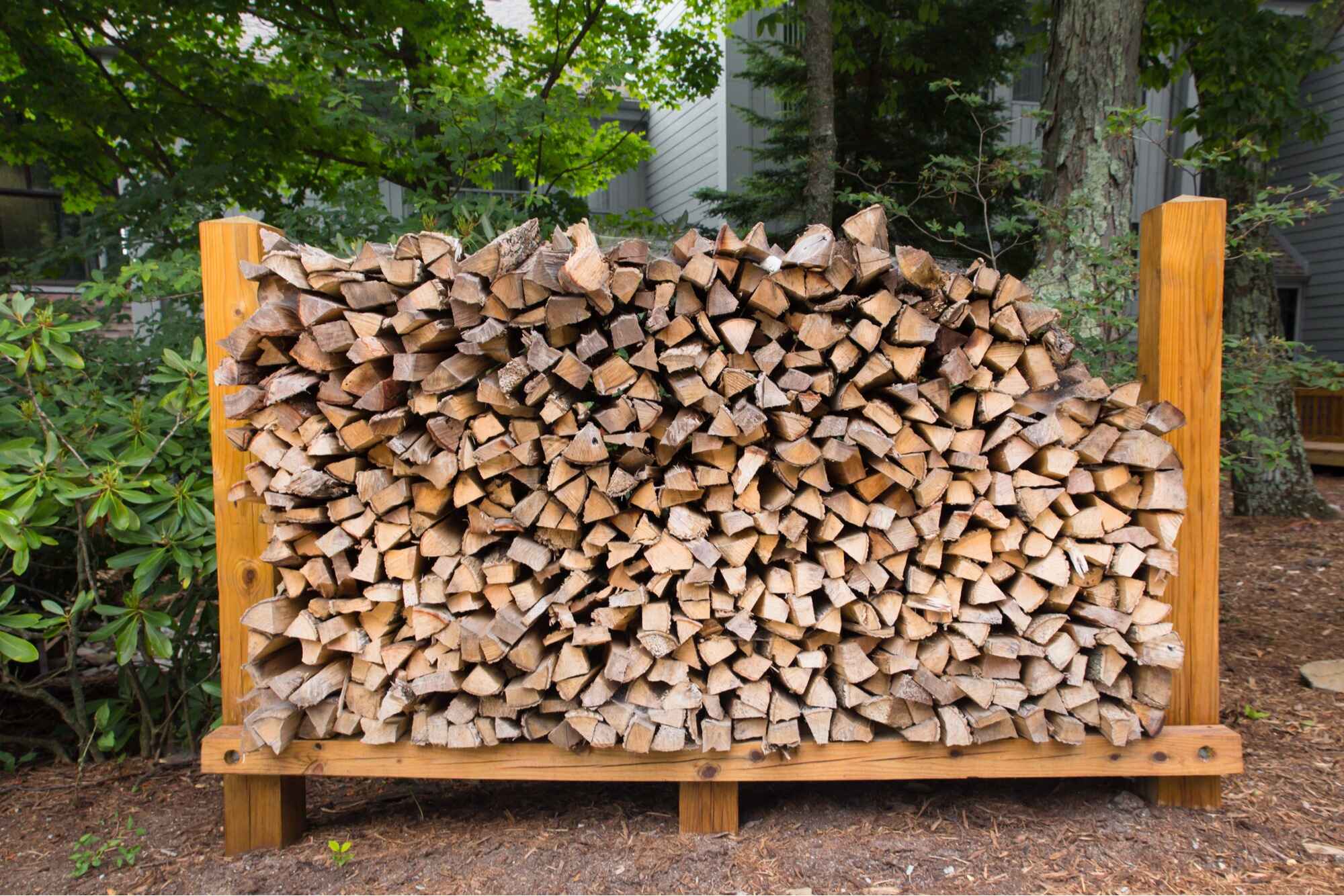
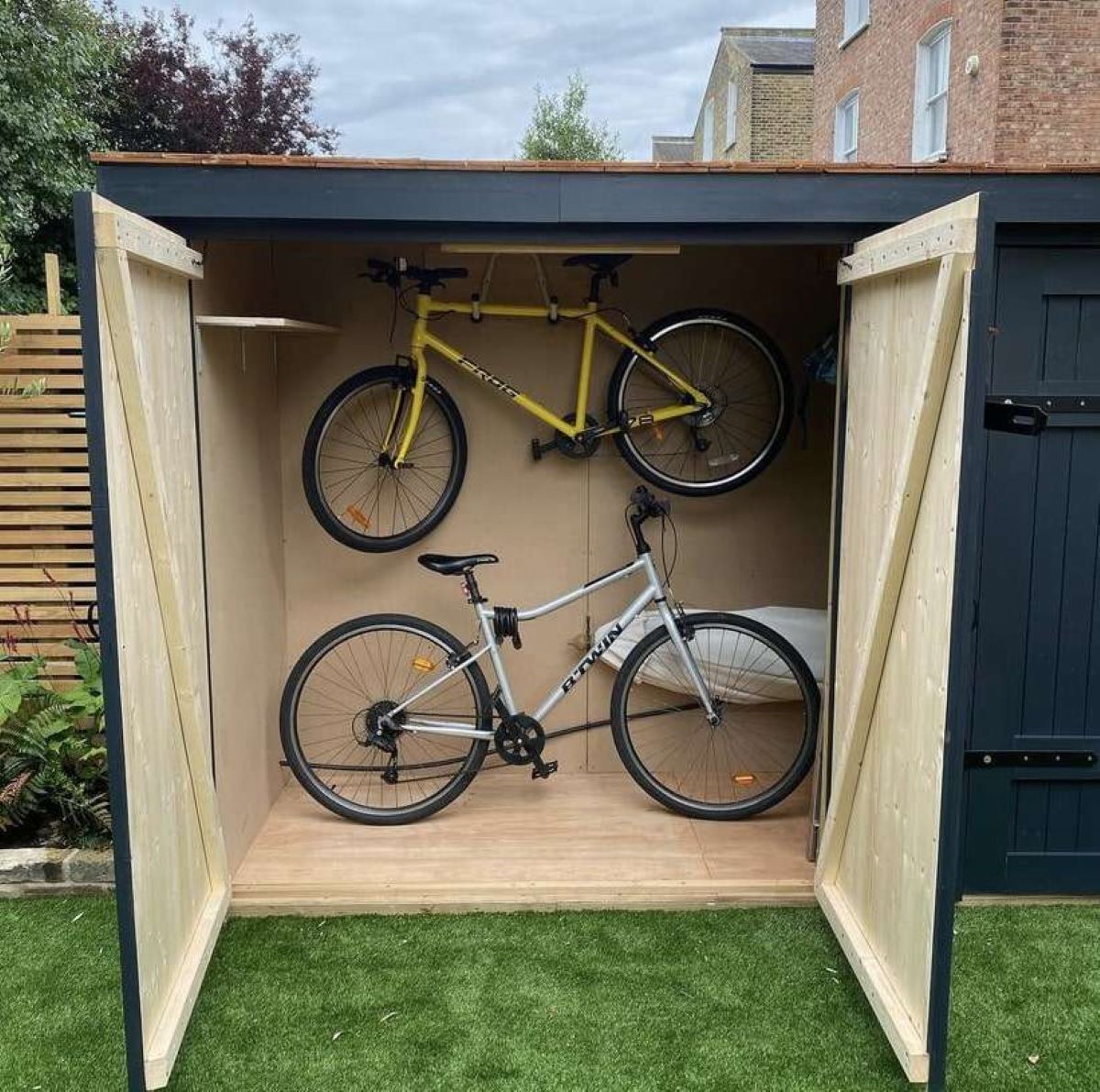
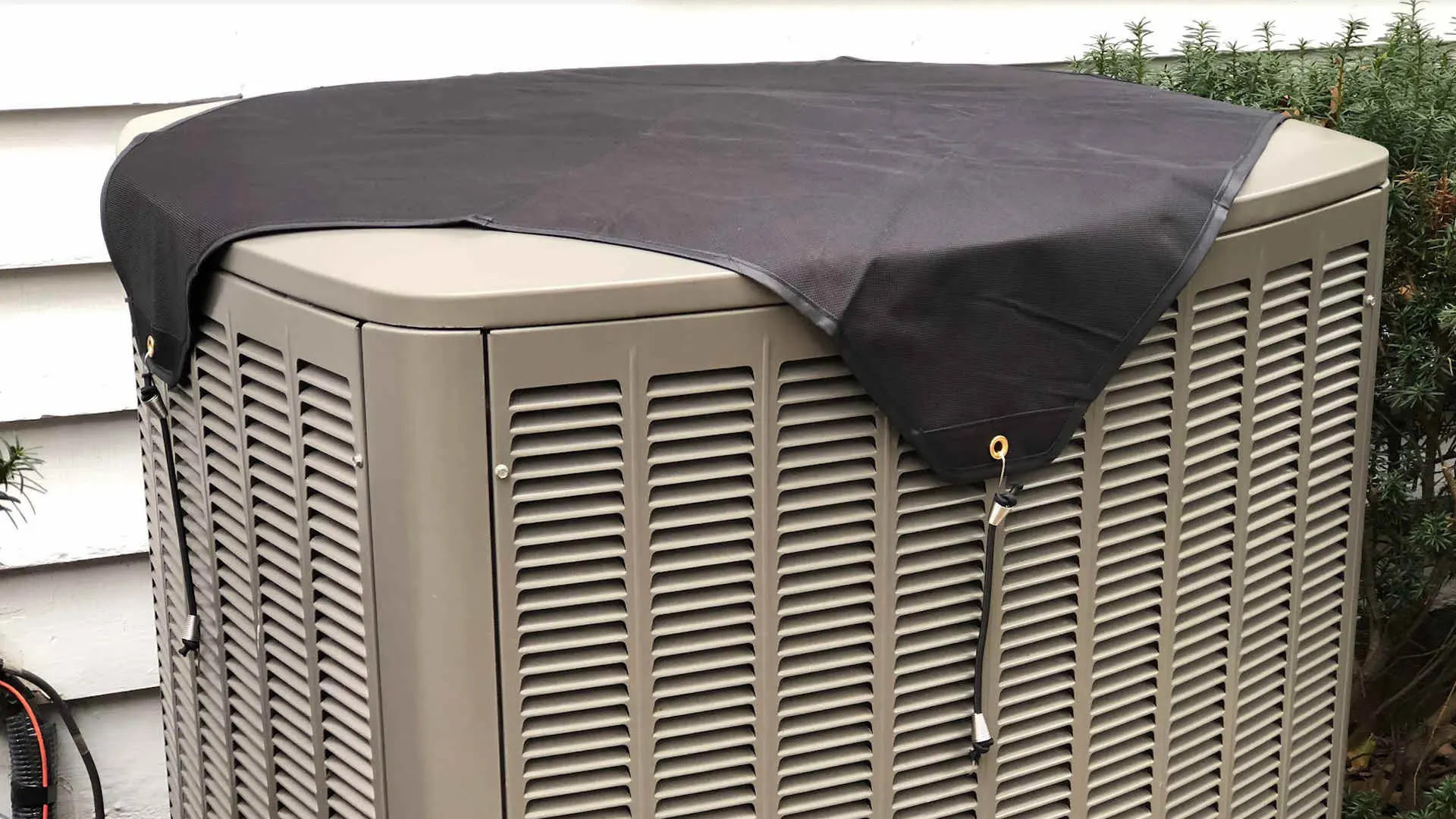
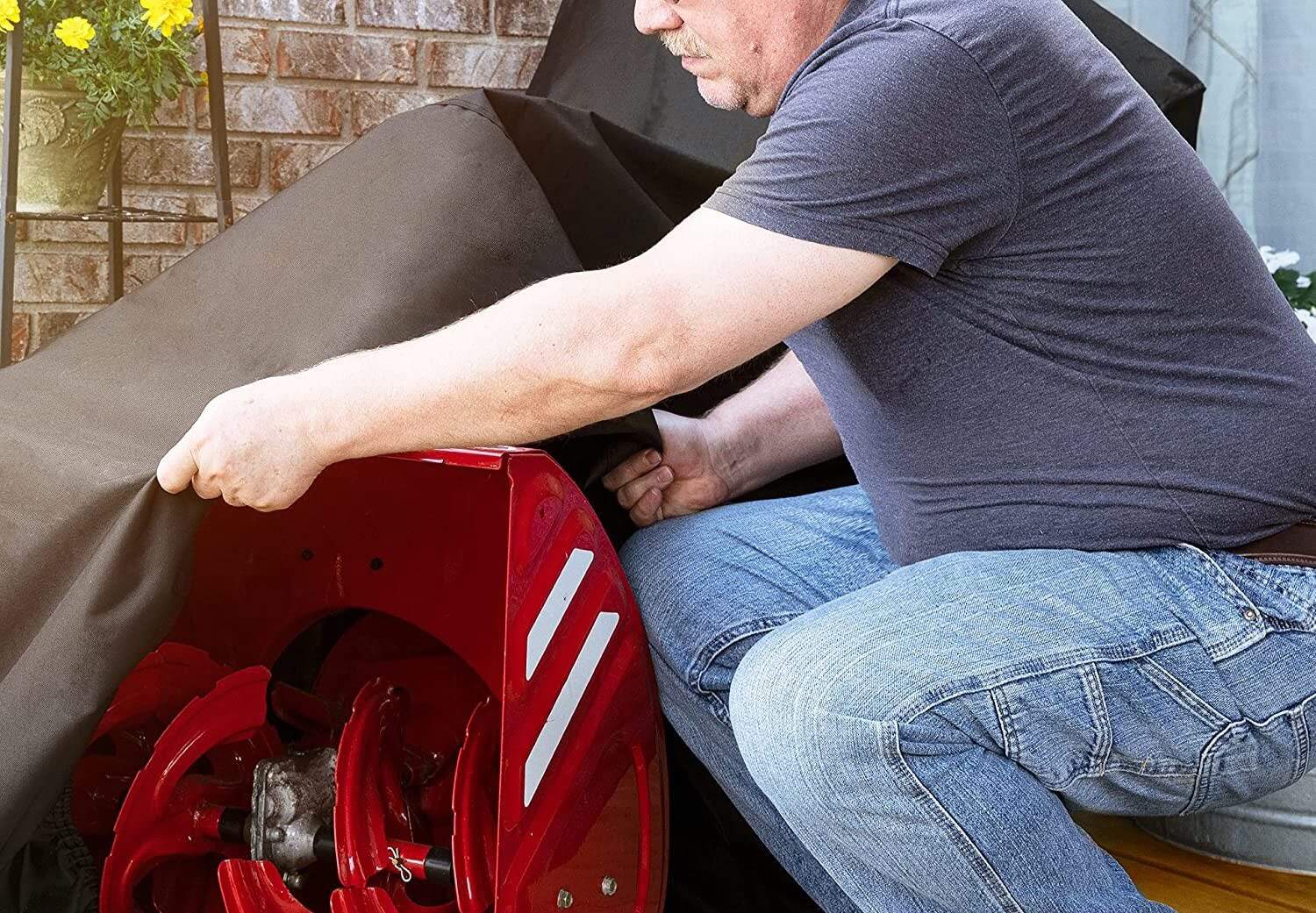

0 thoughts on “How To Store Kayaks Outside In Winter”